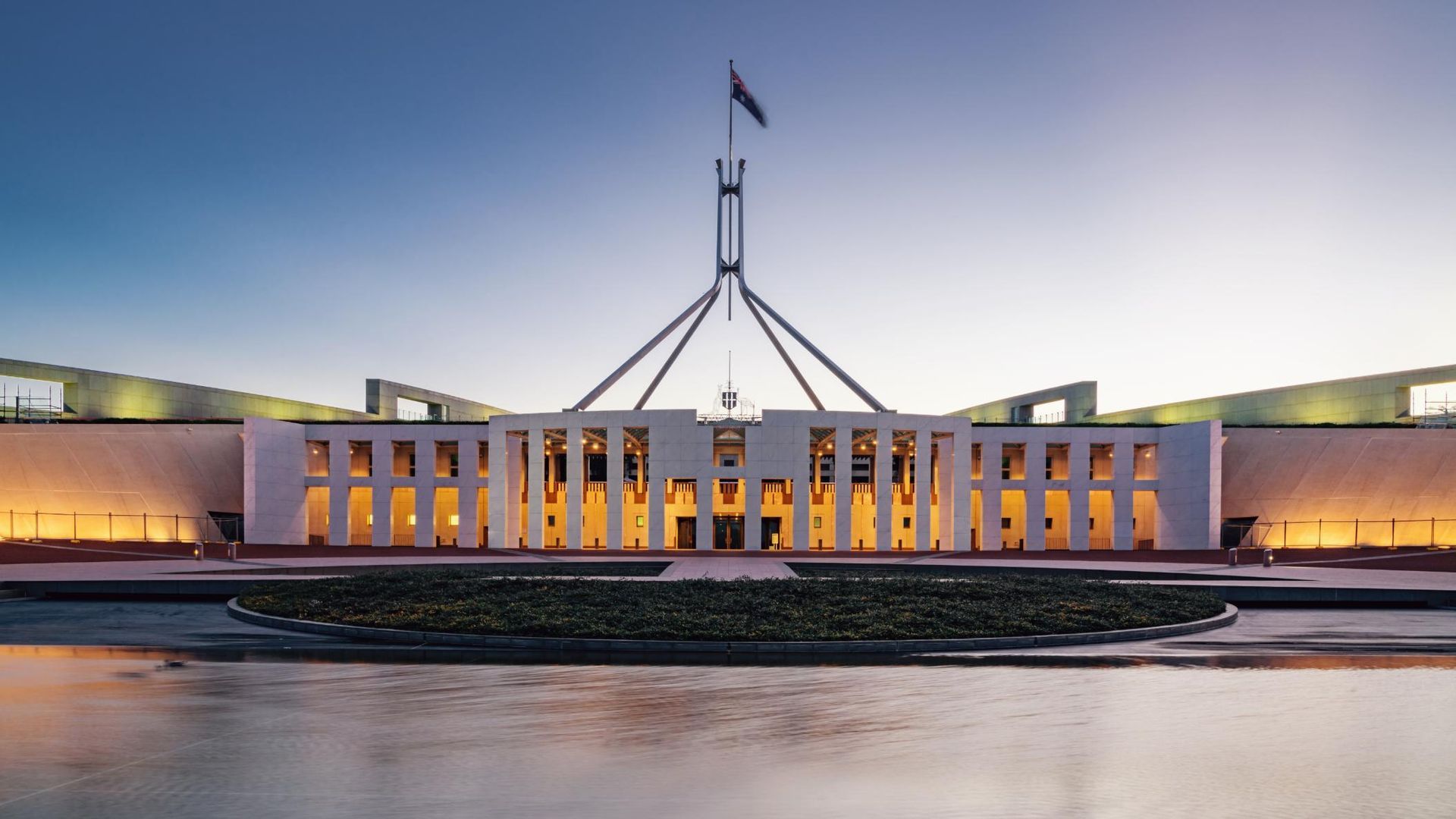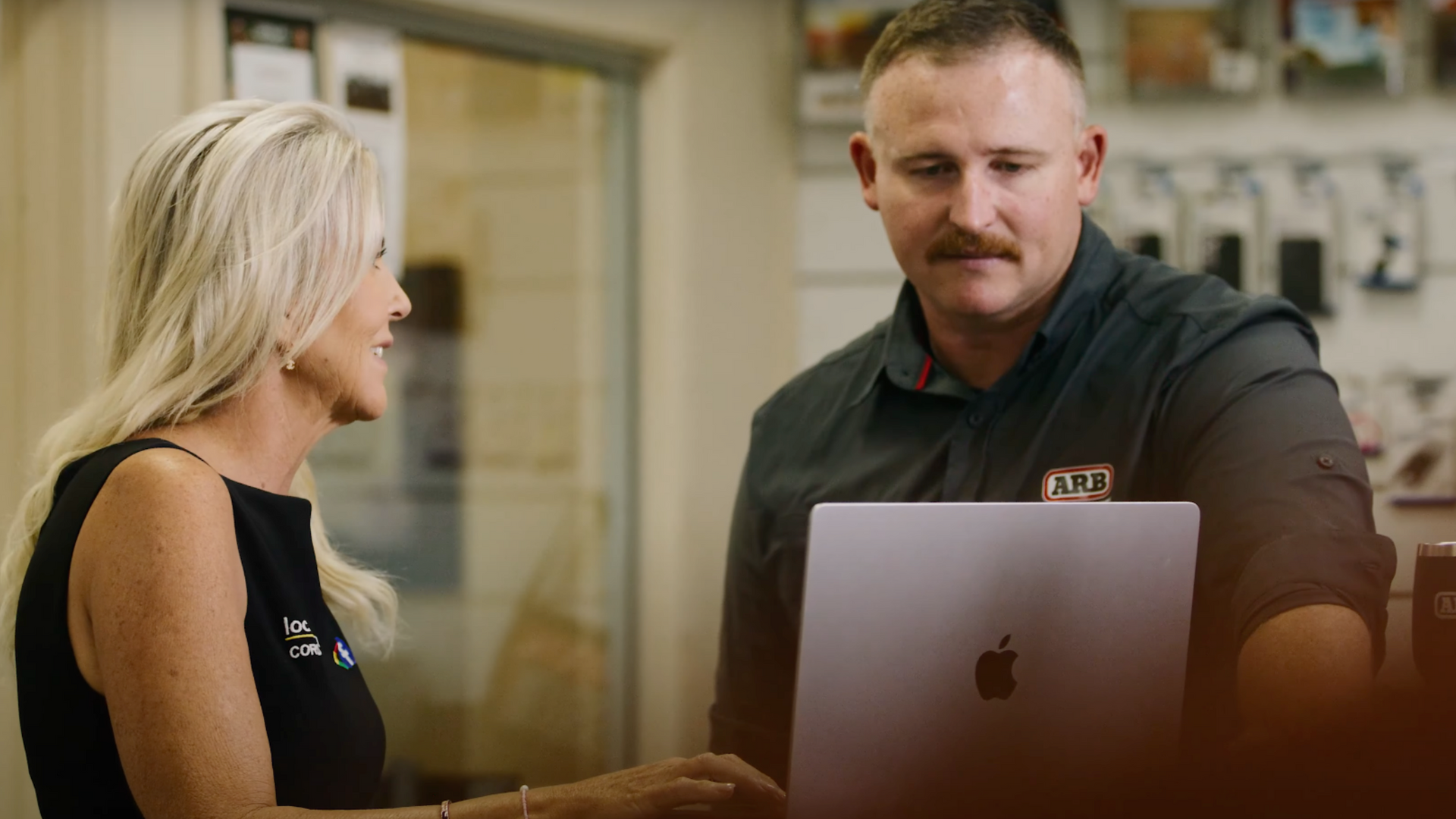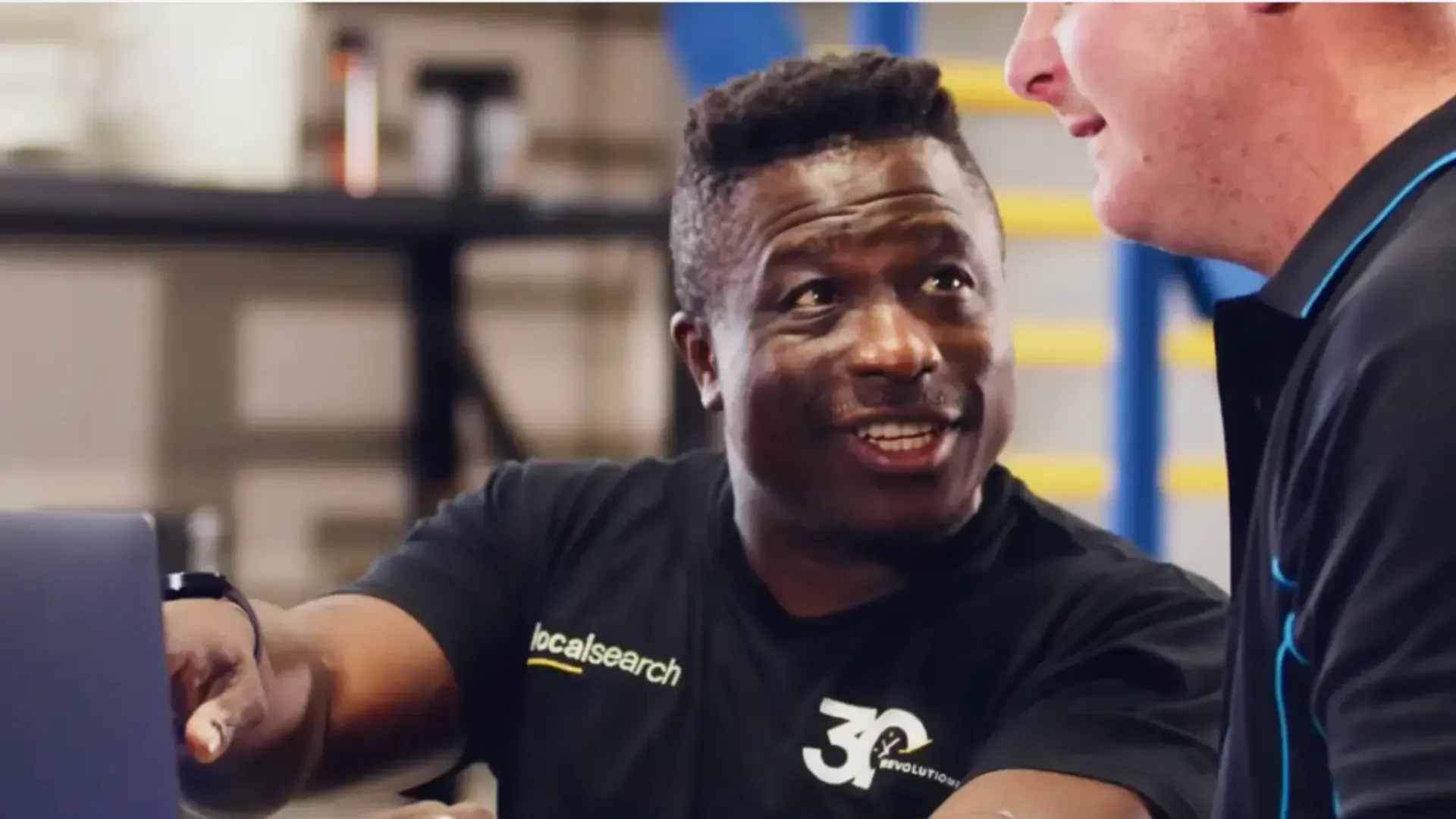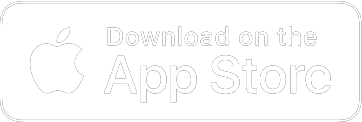Should your business bother with Twitter? 70% of businesses say yes.
In this article
Related Articles
Tips to grow your business
from the experts
Let’s cut to the chase, yes, your business should be on Twitter. It’s a simple platform with millions of daily users, allowing you to connect with your customers directly.
If that isn’t reason enough to jump on and sign up for the social media giant, we’ve covered 7 other reasons you should make putting your business on Twitter a priority this year.
When Statista asked users why they used Twitter, more than 33% of respondents said they use the platform to keep up with businesses and brands, highlighting the importance of a business’s presence on the platform.
Besides the millions of daily users your business could be connecting with, there are plenty of other benefits of using Twitter for your business. We’ve outlined a few of our top reasons, plus how to set up a Twitter account for your business.
But before we dive in, let’s start with the basics; what is Twitter and where did it all begin?
The History of Twitter
Twitter started as an SMS-based communication platform.
Twitter is an American-born micro social networking platform allowing users to express their thoughts, feelings, opinions and more through “tweets”. Tweets are capped at 280 characters.
These character-capped tweets have been the defining feature of the platform since it first launched in 2006. Interestingly, Twitter was not developed with the intention of becoming a social media platform. It was developed as an SMS-based communication platform where a group of people could keep track of each other by “tweeting” updates. However, the platform quickly boomed.
Within 6 years, they attained more than 200 million users.
In 2010, the platform launched ‘re-tweeting’, a popular way for users to share the opinions of others on their own timelines. Soon after, paid advertising, known as ‘promoted tweets,’ was also launched.
In 2012, Twitter reached 200 million users. Fast forward to now, and Twitter has released Spaces, a live audio tool set to rival the likes of Clubhouse, and has over 192 million daily users.
Should my business be on Twitter?
Yes, Twitter is a great platform for businesses. It presents a goldmine of opportunities which are largely untapped by many small businesses, especially in Australia.
However, this may not be the case for long as
70% of businesses plan to increase their investment
into Twitter moving into 2022. This is not surprising when you learn the platform saw a
12% year-on-year increase in users last year.
The Benefits of Twitter for Businesses
Like most social media platforms, there are many benefits to being present on Twitter. Here are just a few of the benefits you can expect from a business Twitter account.
1. Easy way to build your authority.
Twitter is a great platform to showcase your leadership in an industry. You can join in on educated discussions about your speciality and collaborate with others, all while increasing your brand awareness. However, remember to use hashtags to bolster your content.
Hashtags are the perfect way to showcase your knowledge, provide insight or start a conversation. For example, if you’re a financial planner wanting to share your insight or opinion of first home buyer schemes, consider adding the #FirstHomeBuyerTips to your tweet.
2. Be ahead of mainstream news.
Twitter is a proactive platform, often the first platform to break news and current events. Due to its fast-paced nature, it’s integral for your business to be in this space if you want to be seen as a leading brand. It enables you to comment on current events and provide reactive business updates fast, often hours before they hit the news cycle.
This is especially advantageous for those who operate in smaller regions of Australia as it allows them to share or contribute on the going ons of their local area. This opens up conversation between the business and members of the community on the platform and shows customers you really are local and care about their community.
For example, if the local primary school had recently undergone some upgrades and was featured on the local news Twitter account, a business can retweet this with a comment such as “Looks great! What an amazing upgrade for insert region students.”
3. Gather customer feedback with speed and ease.
In general, Twitter users are quite reactive, making the platform a great way to gather customer feedback and connect on a personal level. As the platform has a more casual and conversational tone compared to the likes of Facebook and Instagram, customers feel more able to ask questions and present feedback.
A great example of this is Netflix, who have created an entire Twitter account dedicated to providing customer support — genius! You can even connect with customers individually using Twitter’s direct messaging feature — note both users must be following each other for this feature to become available.
Or, the poll feature allows you to gather sentiment behind an idea, such as preferred colours for a product, opinion of an idea, if they prefer to call or email and more.
4. Build brand awareness.
Twitter, like all social media platforms, is great for brand awareness!
One of Twitter’s more recent features is content discovery. The feature places tweets from users you may not follow in your primary feed they believe you may like, based on your activity. It’s a little like your explore page on Instagram.
What this means is your optimised tweets may make it into the feeds of users who do not follow you, but may be interested. Using hashtags and tags (@user) increases your likelihood of being placed in the feed of non-followers as it allows your content (tweets) to be categorised and aligned with the interests of Twitter users.
A great example of this would be if you were to tweet about plumbing and included #PlumbingHacks in your tweet. This would then allow the platform to categorise your content into plumbing content and place it in front of users who have also used that or similar hashtags. Hello, potential new customers!
5. Stay engaged more, easier.
The shelf life of a tweet is far less than a Facebook or Instagram post. In fact, so much so that the optimal amount of daily tweets is 15.
While this may seem like alot, Twitter is a fast moving platform and your tweet is likely going to be lost in users feeds within the hour so continuous posting is a must if you want your brand to be front of mind and relevant. Coschedule has even said the majority of retweets and engagement happens within an hour of posting, so to make the most of the platform continuous posting is best.
In saying this, it is also important to note that while Twitter is a quick and simple platform, and your Tweets do have a short life span, it is extremely important to still be conscious of what you’re posting. Remember, once something is on the internet it’s there for life — deleted or not.
All Tweets will still show up on your platform and can be easily screenshotted and shared across other platforms. So, ensure all your posts align with your business’s goals, objectives and morals. It’s not uncommon for a problematic old tweet to resurface.
6. Keep your customers updated in real-time.
Twitter is often the first place large companies, such as Netflix and Apple, post any important customer communications. Whether it be service outages, product releases, or company movements, Twitter is often the first place important updates break. It’s simple and easy to tweet a 280 character update to your followers about your business.
7. Drive traffic to your website.
Did you know 47% of people who visit a Twitter profile will also visit the website linked on the profile? Do we need to say more? This highlights the importance of having a high functioning and well designed website.
So, now all you need to do is find a way to get Twitter users to head over to your business profile. But this may not be as difficult as you might think.
Users will often head to the profile of accounts to get a better understanding of what they offer. Getting your profile in front of users by taking advantage of hashtags (landing you in the explore tab), responding to tweets and retweeting things that resonate with your business are the best ways to get new users to your profile.
Twitter Stats You Need to Know for 2022
- 70% of Twitter users identify as male ( Hootsuite ).
- Only 54% of B2B businesses use Twitter as a marketing tool ( WebsiteRating ).
- 25 – 34 year olds are the largest user demographic on the platform ( Hootsuite ).
- There are 500+ million tweets posted a day — that’s more than 2 billion a year ( David Sayce ).
- 15 is the optimal amount of tweets for an account to post each day ( LucidPress ).
- 54% of Twitter users have taken action after seeing a brand mentioned on Twitter ( Twitter ).
- 47% of people who visited a Twitter profile also visited the website linked on the profile ( StatusBrew ).
- The lifespan of the average tweet is 15 – 20 minutes. After this, it is unlikely to gather much more engagement (
Hootsuite
).
How to Create a Business Twitter Account
Creating a Twitter profile for your business is simple. You can set up your account in minutes. All you need is an email address and your business name to get started.
- Go to Twitter.com and click sign up.
- Use your business name and email to sign up, before selecting next. It is important to note, like most social platforms, Twitter only allows you to assign one account per email address so be sure you pick the right email.
- You’ll now be prompted to pick a password. Twitter is a very reactive platform and your account being in the wrong hands could tarnish your brand so be sure to pick a strong password for extra security.
- You’ll then be asked to verify your account via the email you provided.
- Once the account is verified, you’ll be asked to build your timeline. To do this, you’ll be asked to follow some Twitter profiles (we recommend giving @LocalsearchAU a follow).
- Now, you’re ready to start building your profile. In the top right hand corner of the profile, click on edit profile. From here, you can add your profile photo (business logo), header, business bio and website. Be sure to click save when you’re done.
- Your profile is ready to go!
After more handy tips and tricks to help you grow your business? Why not subscribe to our Digital Marketing Newsletter, it’s free!

















